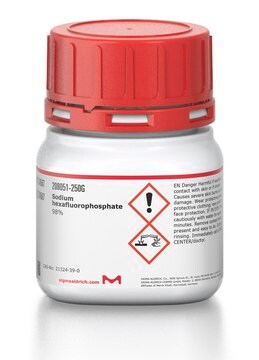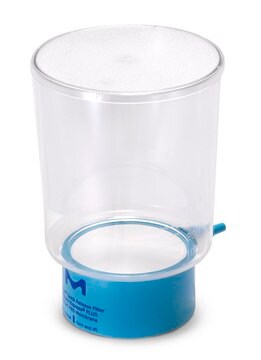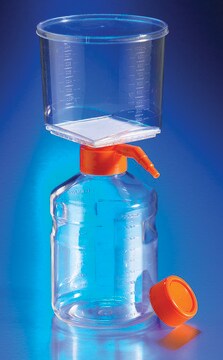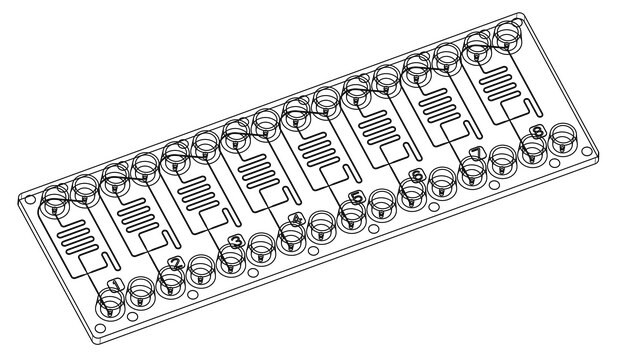931950
Sodium perchlorate
anhydrous, ≥99.9% trace metals basis
Synonym(s):
Sodium Perchlorate, Hyperchloric acid sodium salt
About This Item
battery grade
Recommended Products
grade
anhydrous
battery grade
Quality Level
Assay
≥99.9% trace metals basis
form
powder
impurities
≤1000 ppm (trace metals analysis)
pH
6.0-8.0 (25 °C, 5%, aq.sol.)
mp
482 °C
solubility
H2O: 209 g/dL at 15 °C
anion traces
chloride (Cl-): ≤30 ppm
sulfate (SO42-): ≤20 ppm
cation traces
Fe: ≤5 ppm
K: ≤500 ppm
application(s)
battery manufacturing
InChI
1S/ClHO4.Na/c2-1(3,4)5;/h(H,2,3,4,5);/q;+1/p-1
InChI key
BAZAXWOYCMUHIX-UHFFFAOYSA-M
Looking for similar products? Visit Product Comparison Guide
General description
Application
Packaging
25 g in glass bottle
Signal Word
Danger
Hazard Statements
Precautionary Statements
Hazard Classifications
Acute Tox. 4 Oral - Eye Irrit. 2 - Ox. Sol. 1 - STOT RE 2
Target Organs
Thyroid
Storage Class Code
5.1A - Strongly oxidizing hazardous materials
WGK
WGK 1
Choose from one of the most recent versions:
Certificates of Analysis (COA)
Sorry, we don't have COAs for this product available online at this time.
If you need assistance, please contact Customer Support.
Already Own This Product?
Find documentation for the products that you have recently purchased in the Document Library.
Our team of scientists has experience in all areas of research including Life Science, Material Science, Chemical Synthesis, Chromatography, Analytical and many others.
Contact Technical Service









